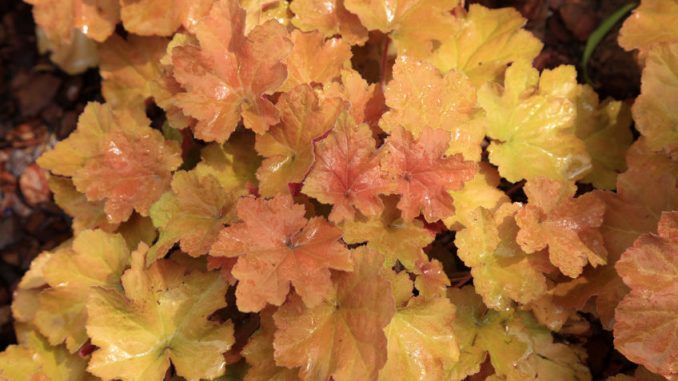
Wandering the gardens of Europe, I can never be surprised to see a plant which offers highly variegated leaves and very often almost fluorescent pink or white flowers like pipe cleaners on stalks. The plant I’m referring to is Alum Root (Heuchera Americana Family: Saxifragaceae) which is often called American Sanicle in that Northern part of the continent.
From the ancient medicinal point of view, it is the root which attracts most interest. It has a high astringency and yields a yellow -ochre colour. You may have seen powdered Alum or Burnt Alum which is the dried pulverised powder.
History Of Use
The North American Indians have been eating the leaves of Alum for many generations although it needs to be cooked well. The root however was pounded to pulp and drunk with plenty of water in small amounts to halt diarrhoea especially when suffering dysentry. There is some record of it being used to manage diabetes but this has not been confirmed.
Its other property was to stem bleeding from wounds including haemorraghic fevers, piles and less common conditions such as leucorrhoea. The root when freshly pounded can also be applied to sores and bites, even to halt suppurating pus and to eyelids affected by stys if dabbed with alum root soaked linen. The Indian tribes also used to gargle with alum water to control bleeding gums.
My first comment ever on your web-site.